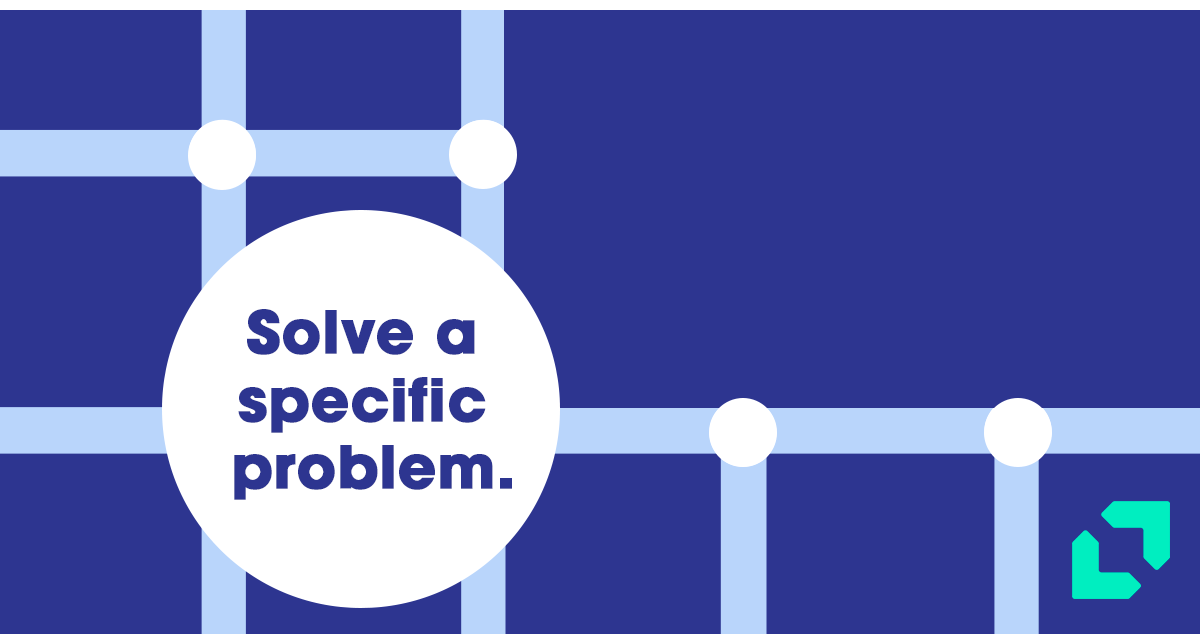Making a move to Drupal 9 isn’t one-size-fits-all.
The jump between Drupal 7 and 9 covers a large gap. It doesn’t have the same mechanisms, and its code is structured quite differently. Because of the large differences with Drupal 8 in the middle, it’s almost like you’re migrating from something that isn’t Drupal at all to Drupal 9. This is a complex project with different paths available. Whether you move directly to Drupal 9 or take a phased approach from Drupal 7 to 8 to 9, your update needs to be meticulously planned. Taking the time for discovery and exploration to identify your true needs and conducting audits to know where you are (and where you want to go) is crucial. This takes time to do right – yet another strong reason to act now.
As of July 2020, more than 62% of all Drupal-based sites were running on Drupal 7. If you’re in that group, you’re not alone – and we've developed an action checklist that adds a strategic lens of business outcomes to your migration path, which we cover in this blog. If you’re looking for actionable insights on migrating from Drupal 8 or another CMS to Drupal 9, download our Technical Director, Nathan Gervais’ white paper, Migrate and Exceed Expectations.
Action Checklist: Drupal 7 to 9
Start with a three-part audit of your current Drupal 7 site to create a full list of the features and modules you’ve enabled. Follow that up with evaluation to assess if these features and modules help your business get to where you want it to be.

Step 1: Audit
Feature Audit
- Create a list and take inventory of every module you’re using right now
- Prioritize what you want to keep using and what can be dropped
- Build a From/To chart to plan how to migrate each module to its comparable version in Drupal 9
Conducting a feature audit will leave you with a strategic upgrade path showing how each functionality you're interested in maps out.
Content Audit
- Perform the same inventory exercise for all types of content on your current site
- Think of ways you want to enhance your content capabilities, opportunities to merge and streamline what you’re doing now with any process improvements you could take advantage of in Drupal 9.
Custom Code Audit
- Once you’ve defined your current/future state for your features and content, it’s critical to look for any custom code you’ve built outside of Drupal’s core offering. Quite often, this code has built out a key feature that’s particularly important for your business’ operations, regulatory requirements, or other critical needs.
- Can this code be migrated, or does it require a complete rewrite? Or, are there alternative ways to accommodate the transition?
- Custom code is approximately 10% of a site – not significant comparatively but usually integral to the site’s success.
Step 2: Re-evaluate
How to decide when to stay with a feature or move to a new one.
Feature and content audits are highly individual and will be based on your own business needs and perspectives. There’s generally a comparable version that does something very similar (and usually more advanced) in an updated version for each module you are currently using. It may look different from what you’re used to, but it delivers the same result. Go through each module one by one and ask yourself if it adds value and provides what you need it to do.
- If it's valuable and delivers what you need, then we would identify a comparable or updated module in the version of Drupal you're looking to move to.
- If it isn’t, we can further explore what you’re trying to accomplish, look at what new modules to add, and provide expert consultation to make it happen.
Your tech stack should be an enabler, not the bottleneck. Without a strategic approach, you set yourself up for failure. This is our area of expertise. Need help evaluating your CMS? Get in touch.


